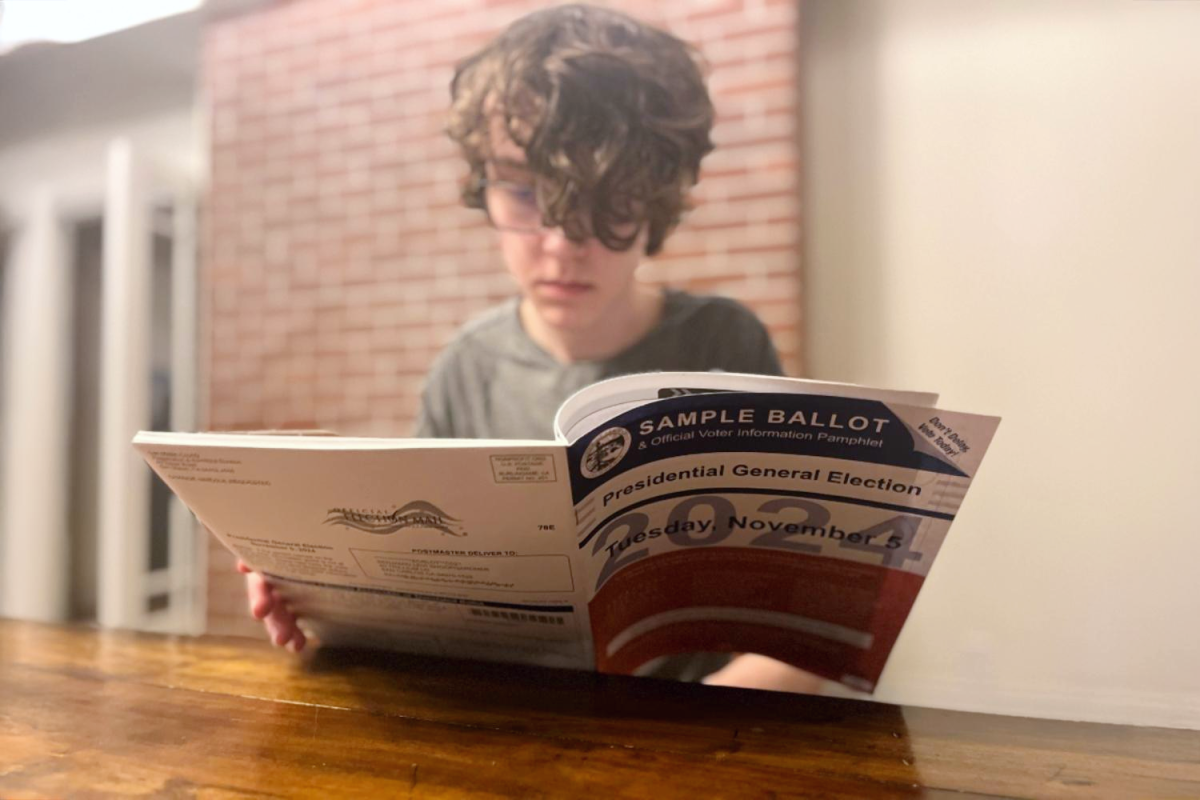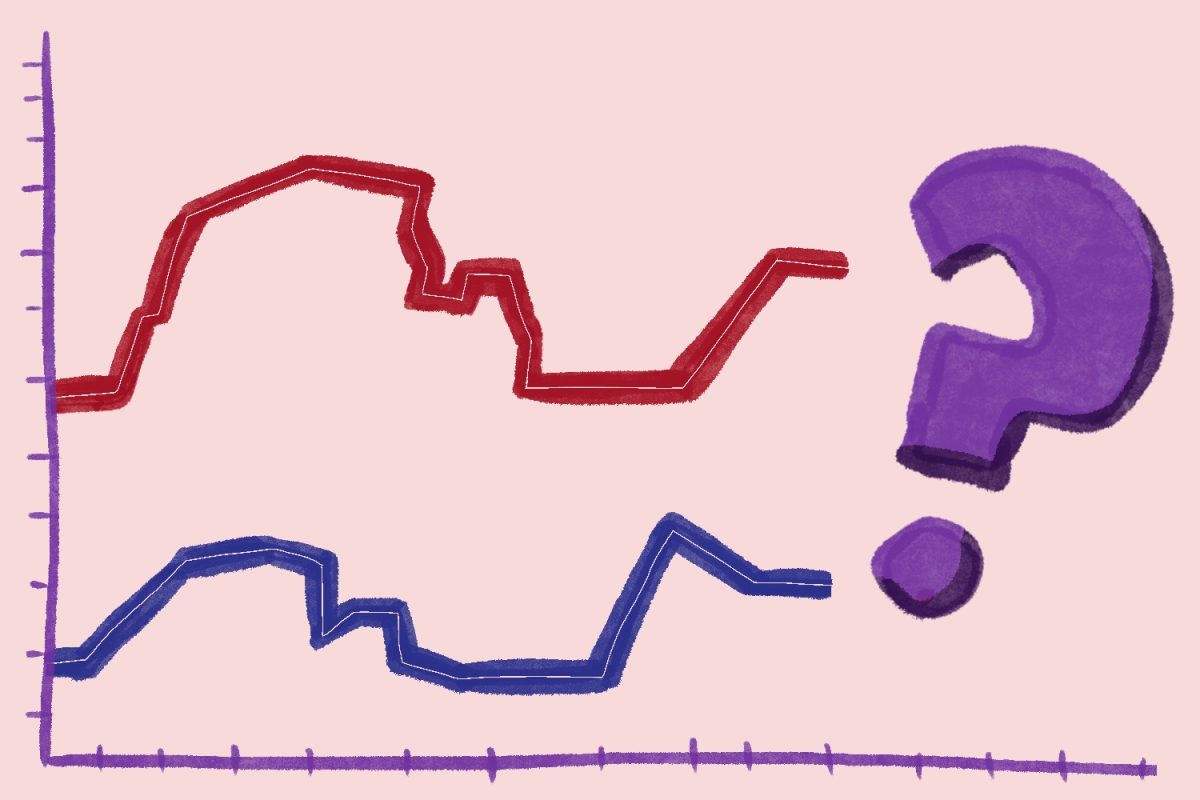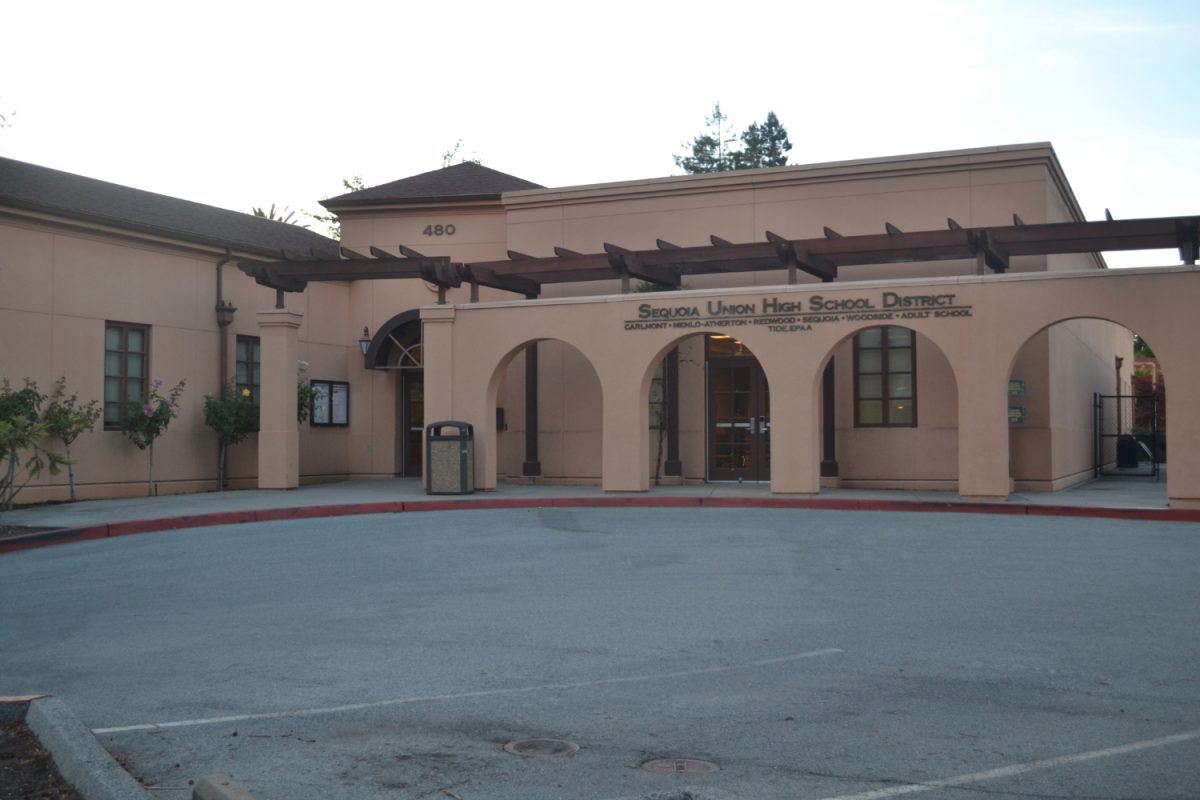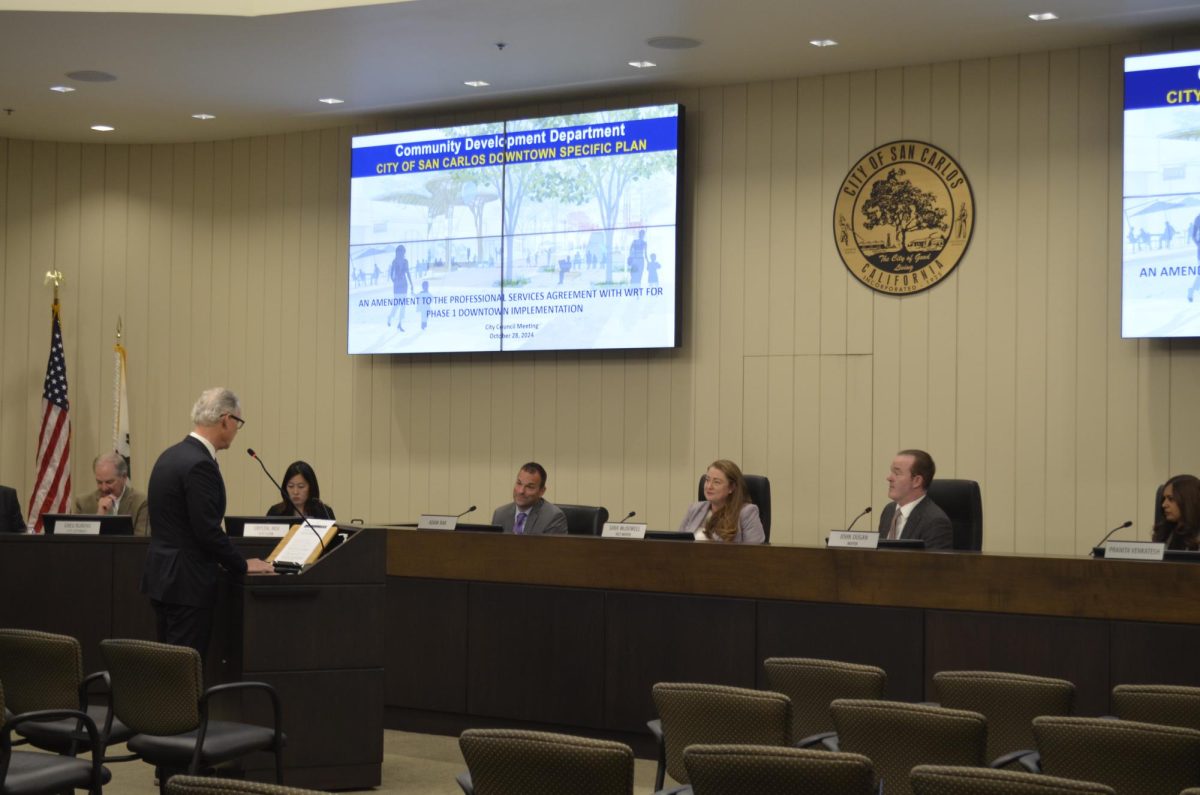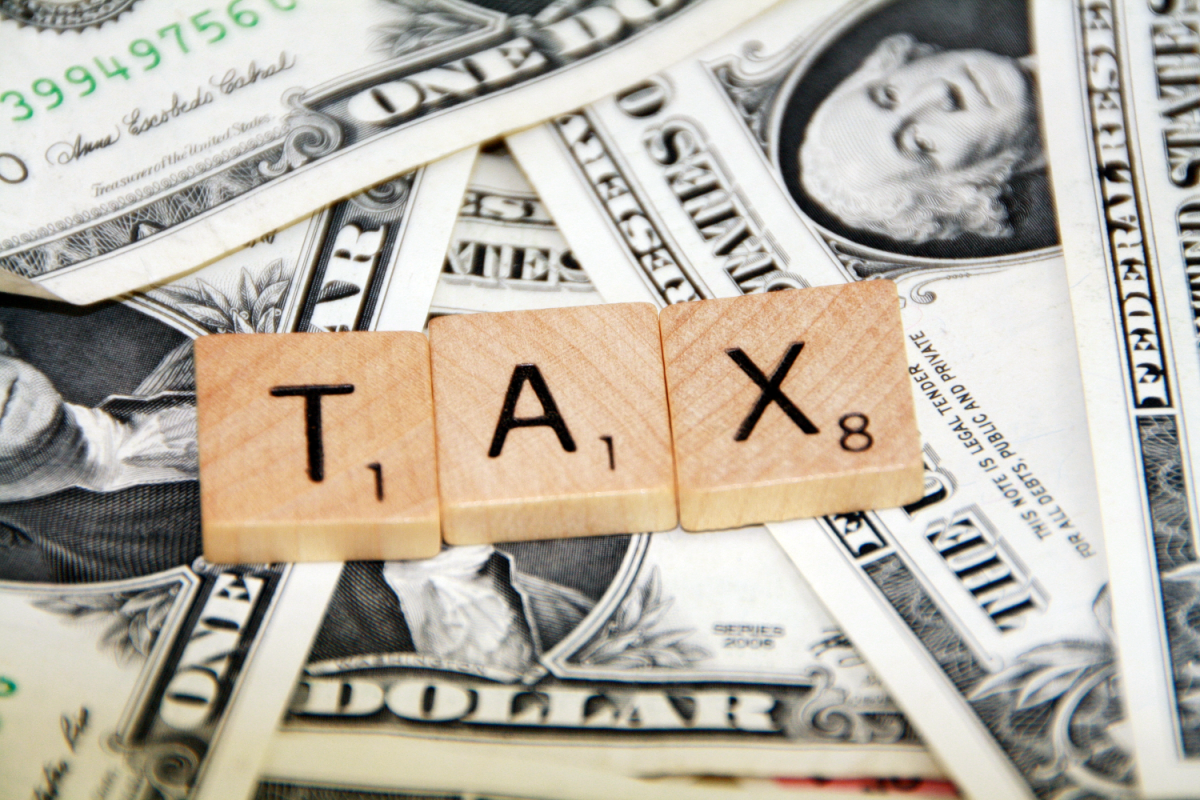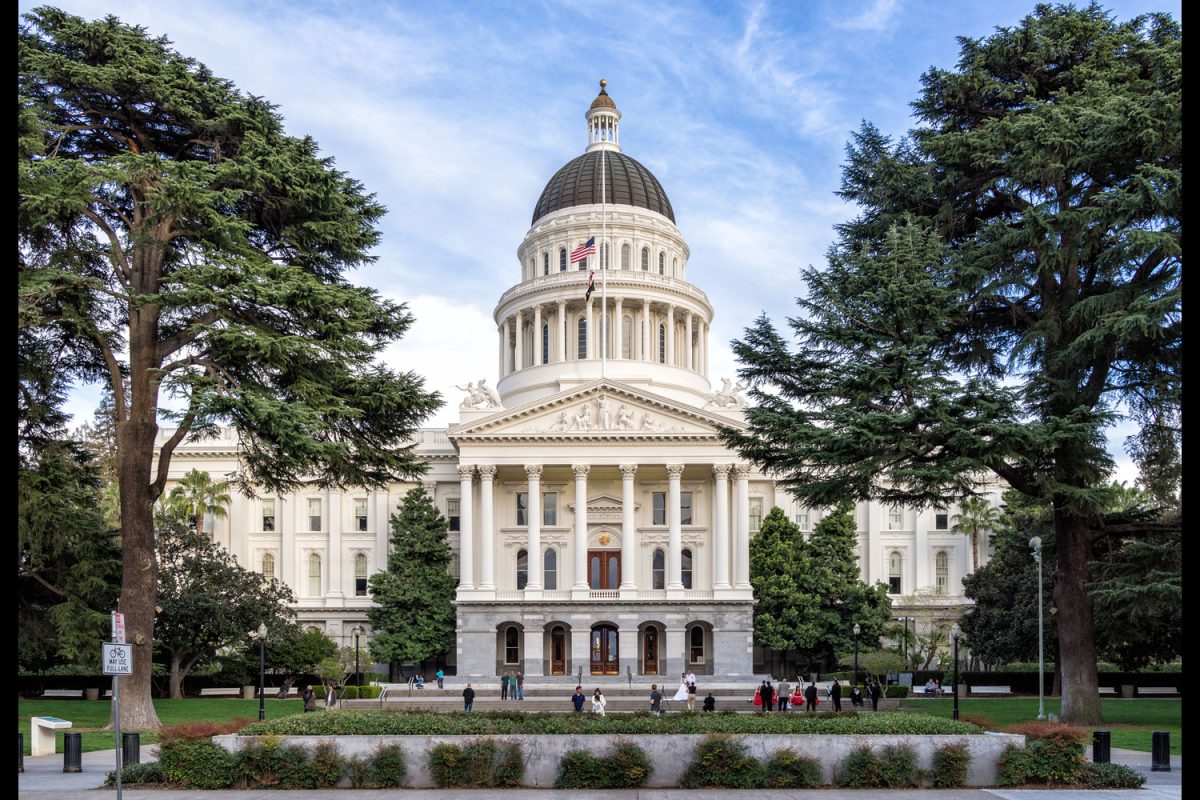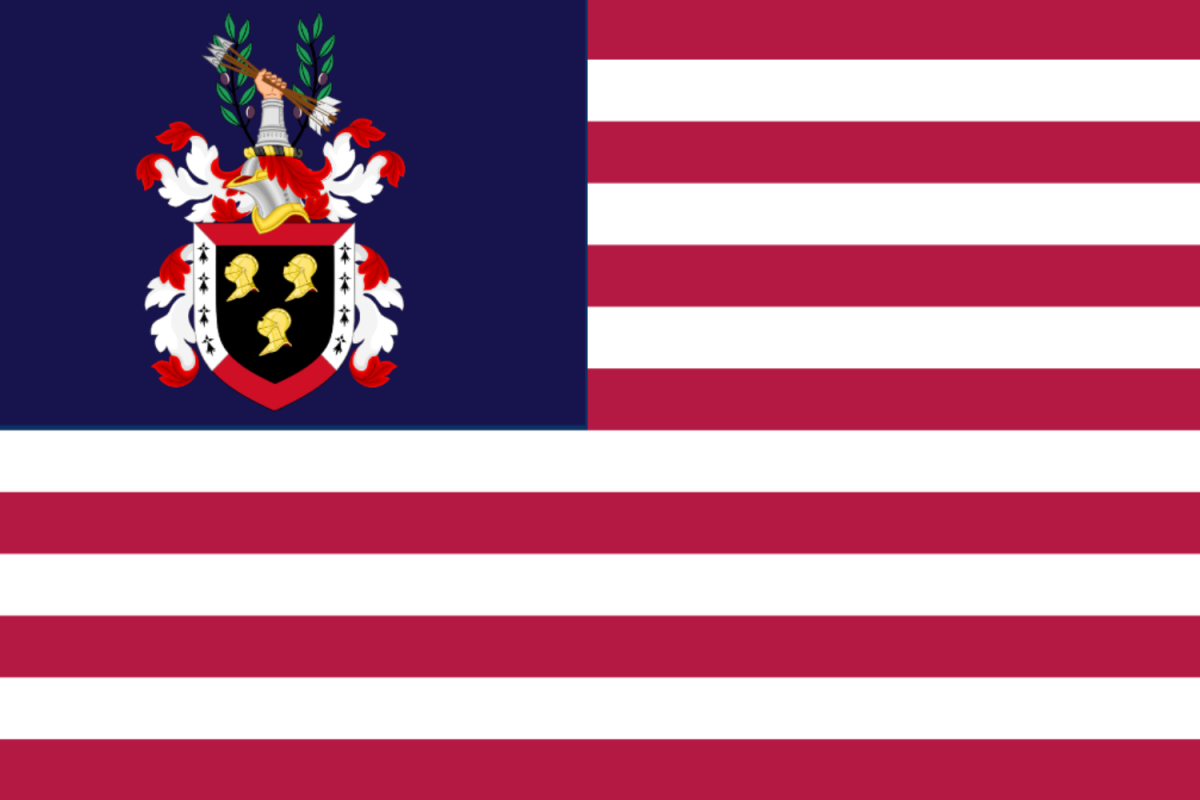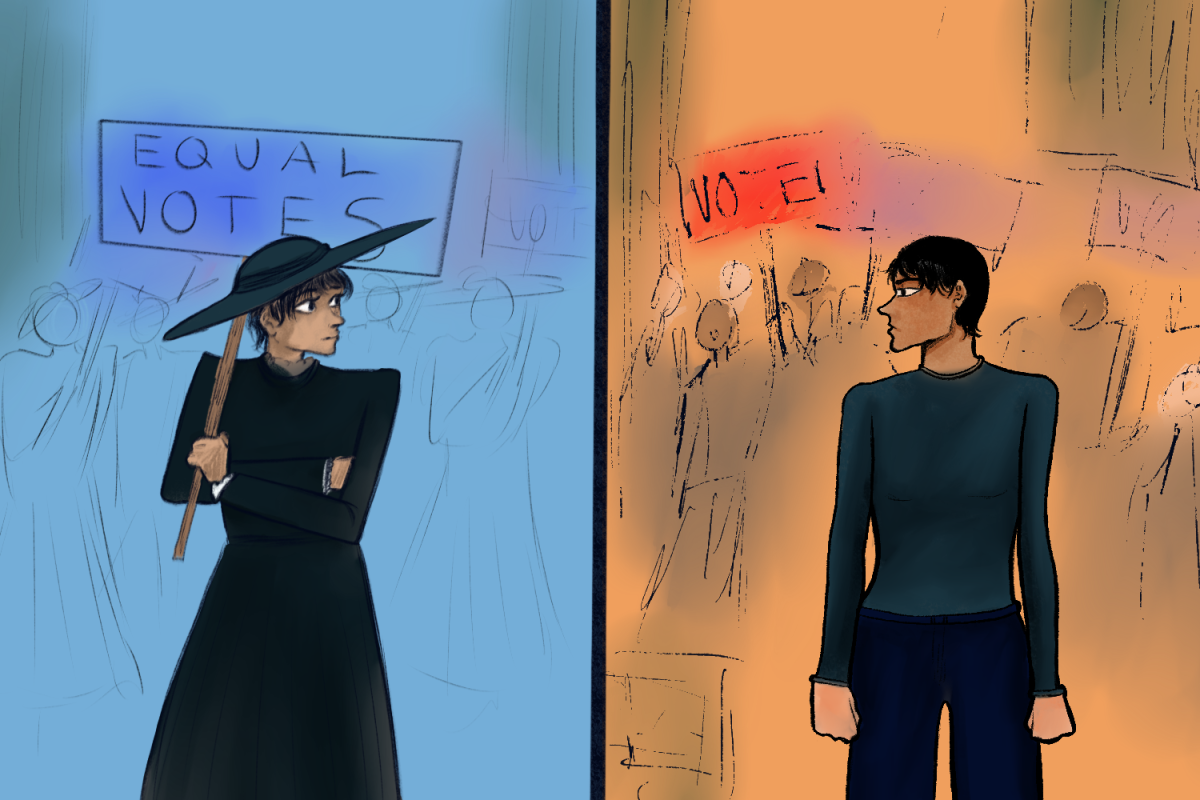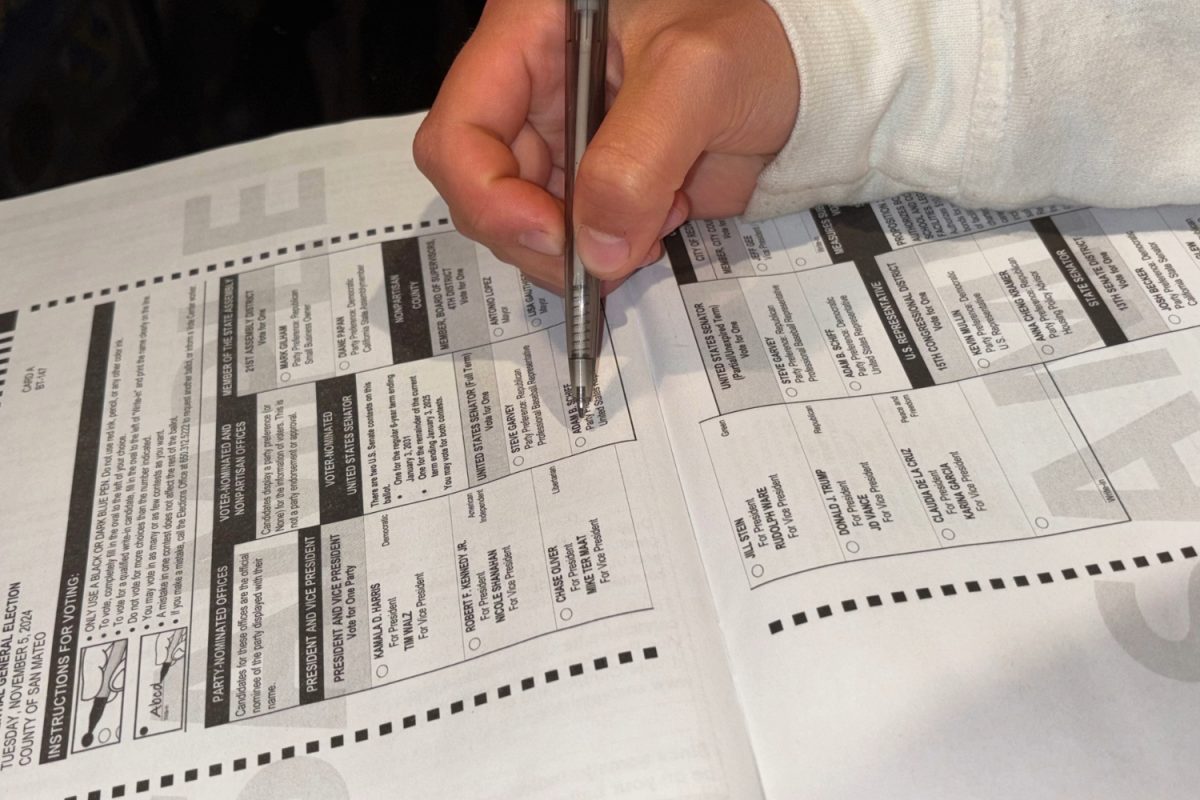Organizations and experienced voters are working to ensure eligible high school seniors are fully prepared to cast their first votes and make their voices heard as the election approaches.
State, school-led, and county initiatives aim to boost voter turnout for the ongoing Nov. 5 presidential and local elections. They provide resources to guide students from registration deadlines to understanding ballot intricacies.
Central to many student voters is the availability of on-campus resources designed to empower and support their participation in the electoral process.
Maria Skaf, sophomore and president of Carlmont High School’s non-partisan Voter Awareness Club (VAC), highlights the value of voting in her weekly meetings.
“The VAC does as much as we can to promote exercising rights to democracy, now more than ever. We work with students from all experience levels, including some who have an extensive political background and others who want to work up from ground zero,” Skaf said.
Also instituted is a mandatory semester-long government course, which according to the California Department of Education, instills “civic literacy” as students prepare to vote, interact with community activities, and assume the responsibilities of citizenship.
“The sheer amount of information to process during a person’s first experience voting causes many people to feel overwhelmed,” said Dina Cousin, a social studies teacher at Carlmont. “I like to think that from a government class, they are at least knowledgeable of the process and how their vote is tabulated.”
Iliana Close, a junior at Stanford University, corroborates this, having taken a government class during her senior year at Carlmont in 2021.
“Although it didn’t specifically discuss the candidates, the government course I took provided me with valuable insights into the United States political system, particularly the democratic process, which I will apply when casting my vote in the election,” Close said.
“San Mateo is very excited about our Generation Voter Youth Initiative. It’s a youth-led organization with a mission to make elections accessible and understandable to the youth voter community,” said Martin McTaggart, the city clerk for San Mateo.
According to McTaggart, one aspect of the Generational Voter Youth Initiative (Gen V) is conducting preregistration drives at local high schools to help eligible students aged 16 and older sign up to vote. As reported by the American Journal of Political Science, preregistering at the age of 16 boosts voter turnout by 13% by “reducing barriers to registration,” making it easier for young people to vote after they turn 18.
Maximilian Nobrega, a senior, describes the preregistration process as remarkably straightforward and hassle-free.
“I wish more teenagers would take the extra step. It only takes 15 minutes,” Nobrega said.
McTaggart emphasizes the crucial role of engaging young people in electoral processes, even those who are not yet able to vote.
“San Mateo County’s Student Democracy Program is an excellent opportunity for students to get involved by assisting voters and participating in Vote Center operations,” McTaggart said. “This way, they will feel more educated when the time comes for them to cast their own ballot.”
According to him, Gen V has also launched the “I Voted” Sticker Campaign, which prompts children as young as three to take part in designing stickers that will be distributed to voters after they cast their ballots.
“Voting fosters community engagement,” McTaggart said. “As communities evolve, so do the ways we engage them, like the sticker campaign reaching younger audiences.”
Many young voters recognize the gravity of their participation in the election.
“Our generation must vote,” said August Steunenberg, a senior at Carlmont. “The leaders we elect will shape the policies that impact our age group the longest. I don’t think that my peers acknowledge this enough.”
Despite this sense of responsibility, voter turnout among youth remains low. According to the 2022 U.S. Census, only about 30% of eligible voters between 18 and 24 years old cast ballots in the 2020 presidential election. In reality, this demographic, with nearly 9 million votes as of 2022, merits careful attention.
“Young voters have the potential to significantly influence presidential, state, and local elections. As more teenagers reach voting age, their collective voice becomes increasingly powerful,” said Jordan Riely of the California Secretary of State’s Office.
Voter registration for the Nov. 5 General Election closes on Oct. 21, with all active registered voters in California receiving a vote-by-mail ballot beginning Oct. 7. Students aged 16 and older can preregister at any time.
“I don’t think it’s sunk in for the seniors that they can vote this year,” Cousin said. “They likely won’t realize until they get the extensive voting package in the mail.”

